By Amber Provinzano
CNHP Botany Technician
The Willhite Ranch conservation easement, near Holly in southeast Colorado, was established for the protection of Lesser Prairie Chickens, but also benefits an array of other animal and plant species, including Cassin’s sparrows and ornate box turtles (Terrapene ornata ornata). CNHP ecologist Renée Rondeau has collected data yearly since 2009 to set up baseline information. This year, as my first official field work assignment, I accompanied Renée to the ranch to gather data on the sandsage prairies that lie within the boundaries of the easement.
 |
| The Welcoming Committee – best greeters ever! |
I quickly learned the difference between a “breeze” and a full force “wind” in the southeastern part of Colorado, as 20 mph winds are more of a breeze compared to the 45 mph winds we worked in towards the later part of the afternoons. Despite my aversion to wind, the time out in the field and away from the office is a contributing factor of my choosing to pursue a degree in wildlife biology.
Over the 36 points where we gathered data and took photos on the vegetation composition, we did not see any prairie chickens. Avian life we did observe included Cassin’s sparrows, raptors, and Colorado’s state bird, the Lark Bunting, which Renee said was in abundance as compared to the previous years. It was my hope to find a living ornate box turtle but instead we discovered five empty and broken shells, the cause of death remains a mystery. This year was dubbed The Year of the Lark Bunting and Dead Box Turtle.
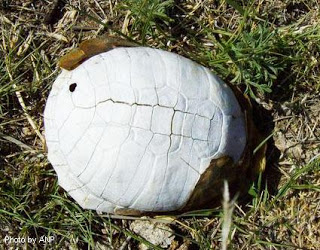 |
| An ex-box turtle, bleached from the sun. |
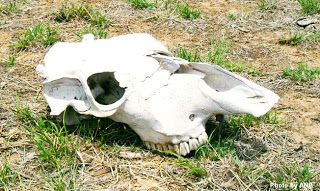 |
| Nothing says “Old West” like skulls on the prairie. |
We saw four snakes; one baby massasauaga (Sistrurus catenatus) that Renée and I shooed off of the road, an adult western rattlesnake who buzzed me when I got too close trying to take a photo, a racer that Renée demonstrated how to successfully catch and was the most docile snake I’d ever seen in the wild, and one dead coachwhip (Masticophis flagellum) that we weren’t able to shoo off of the road in time. Among the legged species we observed, we encountered jack rabbits, lesser earless lizards, and mule deer. I was also thrilled to see so many baby cows in the pastures- hard to find another mammal out there that’s cuter than a calf with big ears and wobbly legs.
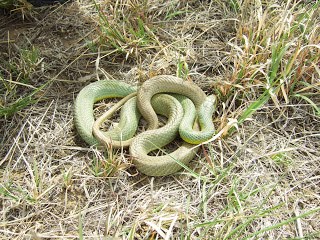
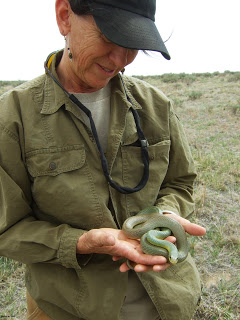 |
| Renée holding the docile racer. |
 |
| Me (Amber), making pals with the racer. We let it go immediately after the photo shoot. |
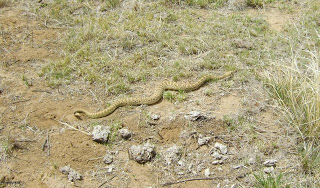 |
| Western rattlesnake (Crotalus viridis) heading in the right direction (= away from me). |
It was interesting to come across big pieces of junk that had been thrown out in the middle of nowhere. The wind had filled the insides of old refrigerators and stoves with sand, and I would be curious to know if those junk pieces will ever be completely buried by the sand blowing through the prairie.
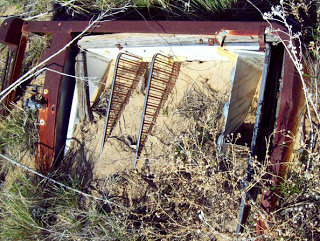 |
| I suppose snakes or other critters may be living in these things. Still, the prairie doesn’t really need artificial reef habitat. |
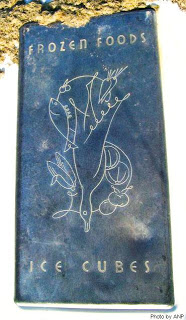 |
| What do you suppose those round things are by the duck’s belly? Canatloupe? |
 |
| It does indeed seem to be “Everlasting”, if not ever-functioning. |
Willhite Ranch proved to be a great place to start the field season and learn about life on the prairie from the expert Renée. I’m excited to spend more time out in the field this summer with all of the knowledgeable CNHP staff.
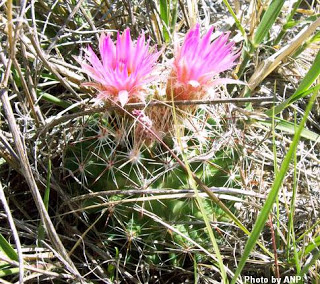 |
| Barrel cactus in bloom. |




